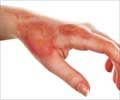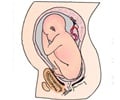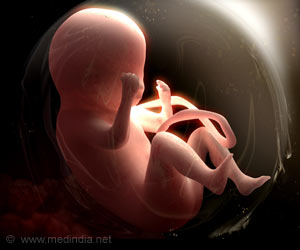A new evolutionary research has suggested that atypical features of human placenta may cause loss of blood at delivery thus leading to maternal deaths.

Despite its prevalence, the causes of postpartum hemorrhage are unknown, says Julienne Rutherford, assistant professor of oral biology at UIC. While common in humans, postpartum hemorrhage is rare in other mammals, including nonhuman primates.
"Understanding the underlying cause of the increased risk of postpartum hemorrhage in humans is a critical step toward discovering new treatments and eventually preventing it on a global scale," Rutherford said.
In humans, the invasiveness of the placenta into the uterine wall and the subsequent takeover of maternal blood vessels appear to be greater than in nonhumans, Rutherford said.
This suggests a link between placental invasiveness early in pregnancy and blood loss at delivery, when the placenta separates from the uterine wall.
Research by Elizabeth Abrams, assistant professor of anthropology and Rutherford suggests that hormones produced by trophoblasts-cells formed during the first stage of pregnancy that provide nutrients to the embryo and develop into a large part of the placenta, and that guide the interaction with the uterus-may provide an early predictor of risk.
Advertisement
This biomarker hypothesis has not yet been studied.
Advertisement
The theoretical synthesis has been published in the journal American Anthropologist.
Source-ANI











